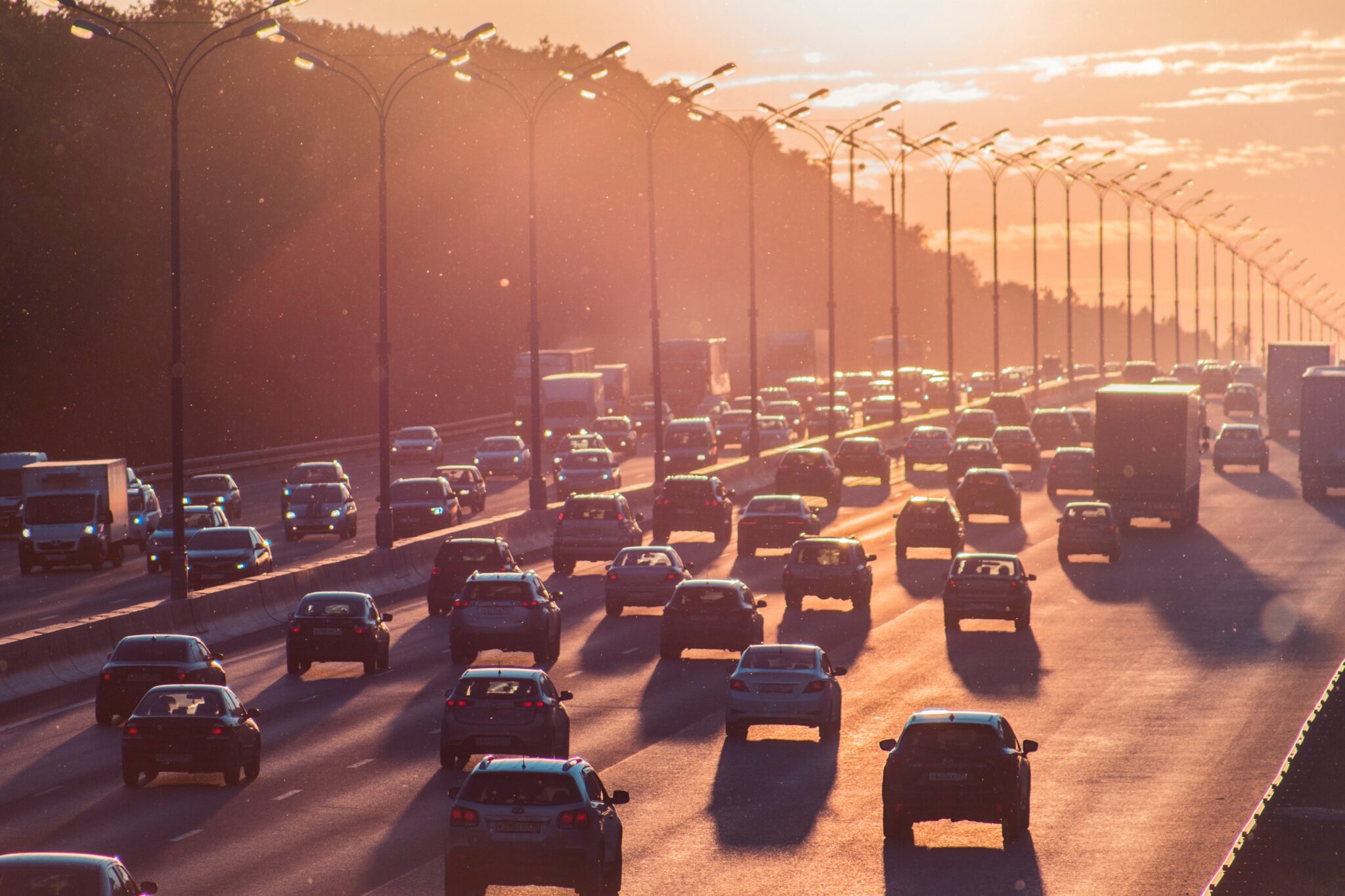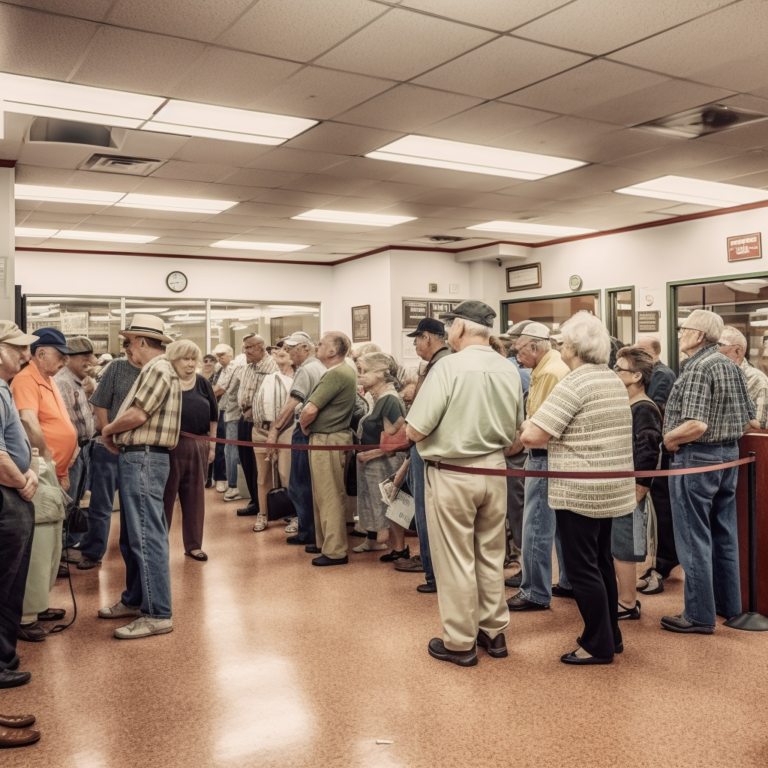ELI5: Stand-still traffic on the interstate can occur even when there are no wrecks. This is because the roads are so heavily congested that the capacity of the road is exceeded. Think of it like a water pipe: if you turn on the tap too much, the water will back up and eventually cause a blockage. Similarly, when too many cars are on the interstate, the flow of traffic is disrupted and can lead to a stand-still. For example, if a highway has a capacity of 2,000 cars per hour, but 2,500 cars are trying to use the road, the resulting traffic jam can bring the highway to a complete stop.
TLDR / Key Takeaways
Key Takeaways:
- Stand-still traffic on the interstate can occur even when there are no wrecks.
- There are several potential causes of this phenomenon, including heavy traffic, road construction, and bad weather.
- Congestion can be reduced by using alternative routes, planning trips ahead of time, and avoiding peak hours.
- Drivers should also be aware of their surroundings and be prepared for unexpected delays.
Traffic on interstates can be a major source of frustration for drivers, especially when it comes to stand-still traffic with no wrecks in sight.
It can be difficult to understand why traffic has ground to a halt when there are no visible obstructions.
In this blog post, we will explore the various causes of such stand-still traffic with no wrecks.
From weather conditions to construction and road design, we will examine the factors that can lead to these frustrating traffic jams.
We will also look at how drivers can best navigate these traffic jams and minimize their impact.
By understanding the causes and effects of stand-still traffic with no wrecks, drivers can be better prepared for when they encounter them.
Definition of Stand-Still Traffic
Stand-still traffic is a frustrating experience for drivers, and one that can be difficult to explain.
It is defined as a situation where the flow of traffic is completely stopped or slowed down to a crawl, with no apparent cause.
This phenomenon is often seen on major highways and interstates, and can occur during rush hour or when a major event is taking place.
At its core, stand-still traffic is caused by an imbalance between the number of vehicles on the road and the capacity of the road to handle them.
When the number of cars exceeds the capacity of the road, the flow of traffic is hindered.
This can be due to a variety of factors, such as road construction, bad weather, accidents, or even a large event taking place nearby.
In addition to the imbalance of vehicles, stand-still traffic can also be caused by drivers’ behavior.
For example, when drivers are in a hurry and fail to merge properly, it can cause a ripple effect that slows down the flow of traffic.
Additionally, drivers who don’t obey the speed limit or who don’t keep a safe distance from the car in front of them can also contribute to stand-still traffic.
It’s important to note that stand-still traffic is not always caused by an accident or other roadblock.
Instead, it is often the result of an imbalance between the number of vehicles on the road and the capacity of the road to handle them.
By understanding the causes of stand-still traffic, drivers can be better prepared to avoid it and can help keep the flow of traffic moving.
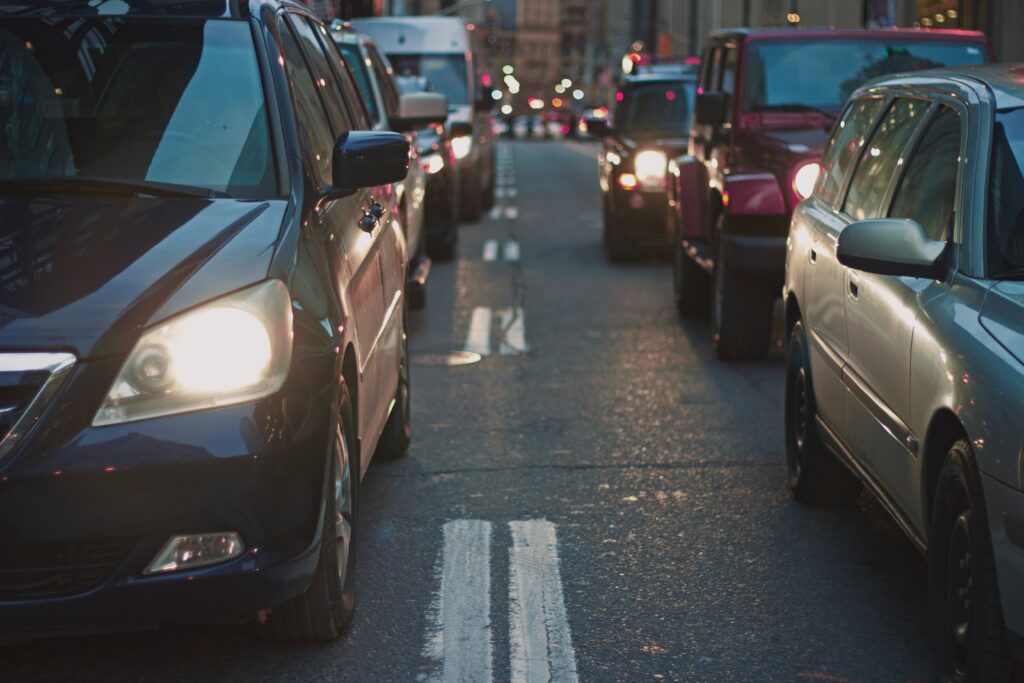
Causes of Stand-Still Traffic
Stand-still traffic is a term used to describe a road or highway that is completely blocked off due to an unusually high volume of traffic.
This can happen due to a variety of causes, from accidents to construction to a surge in rush hour traffic.
When traffic is at a stand-still, cars are unable to move and are forced to remain in place until the cause of the traffic jam is resolved.
The most common cause of stand-still traffic is an accident.
When a car crash occurs on the highway, it can cause a chain reaction of cars piling up behind the accident, leading to a complete stand-still.
This can be especially dangerous as drivers are unable to maneuver around the accident and may be forced to remain in their cars for an extended period of time.
Other causes of stand-still traffic include construction and maintenance work, road closures, and an increase in rush hour traffic.
Construction and maintenance work can slow down traffic and cause a stand-still, as can road closures due to natural disasters or other events.
Finally, an increase in rush hour traffic can lead to a stand-still, especially during peak times when the roads are already congested.
No matter the cause, stand-still traffic can be a major inconvenience and even a safety hazard.
Drivers should always be aware of their surroundings and plan ahead to avoid stand-still traffic whenever possible.
No Wrecks
When it comes to traffic stand-stills, many people immediately think of wrecks as the cause.
While this may be true in some cases, it is not always the case.
In fact, there are several other factors that can lead to traffic stand-stills, even when there are no wrecks on the interstate.
One of the most common causes of stand-stills on the interstate is when there are too many cars on the road.
This can be due to a surge in traffic during rush hour, or if a road is particularly crowded due to a special event or holiday.
In these cases, the sheer volume of cars on the interstate can lead to a stand-still, even if there are no wrecks.
Another common cause of stand-stills is when there is construction on the interstate.
This is especially true when the construction is taking place in the middle of the road, as it can cause a bottleneck effect.
Even if there are no wrecks on the interstate, the construction can lead to a stand-still, as cars can only move as fast as the construction allows.
Finally, stand-stills can also be caused by bad weather.
Heavy rain, snow, and ice can all reduce the speed of cars on the interstate, leading to a stand-still even if there are no wrecks.
In extreme cases, bad weather can even lead to the closure of the interstate, leading to a stand-still regardless of any wrecks.
In conclusion, while wrecks can certainly cause stand-stills on the interstate, they are not the only cause.
Other factors, such as too many cars, construction, and bad weather, can also lead to stand-stills, even when there are no wrecks.
As such, it is important to be aware of all potential causes of stand-stills on the interstate.

Common Causes of Stand-Still Traffic
Most drivers have experienced stand-still traffic, where the cars are barely moving, if at all.
It’s an annoying and time-consuming phenomenon, especially when there are no visible signs of an accident or construction.
What are some of the most common causes of stand-still traffic? One of the biggest causes of stand-still traffic is a lack of infrastructure.
When the number of cars on the road exceeds the capacity of the roads and highways, traffic can become congested.
This is especially true in cities and densely populated areas, where the number of cars increases exponentially.
When the infrastructure is not able to keep up with the demand, traffic can quickly become gridlocked.
Another cause of stand-still traffic is poor road design.
Roads that are not designed to handle the volume of traffic can quickly become congested.
This is especially true in areas with sharp curves, narrow lanes, or inadequate merging lanes.
Poorly designed roads can lead to a bottleneck effect, where the traffic is unable to move freely.
In addition, stand-still traffic can be caused by the weather.
Heavy rain or snow can reduce visibility and make roads slippery, causing drivers to slow down.
This can lead to a buildup of cars on the roads, as drivers are unable to move.
Similarly, high temperatures can lead to a decrease in air pressure, which can cause cars to overheat and break down on the side of the road.
Finally, stand-still traffic can be caused by a lack of public transportation options.
In cities and densely populated areas, public transportation can provide an alternative to driving.
However, if the public transportation options are inadequate, drivers may be forced to take their cars, leading to an increase in traffic on the roads.
In conclusion, stand-still traffic can be caused by a variety of factors, including a lack of infrastructure, poor road design, bad weather, and inadequate public transportation options.
By understanding these causes, drivers can be better prepared for the possibility of stand-still traffic.
1. Heavy Traffic
Heavy traffic is one of the most common causes of stand-still traffic on interstates, especially during peak hours.
With more and more people commuting to work and school, the roads become increasingly congested, leading to longer wait times and more frustration.
According to the Texas A&M Transportation Institute, the average American driver spends about 42 hours a year stuck in traffic.
This doesn’t even include the time spent waiting for traffic to move at a stand-still.
On the busiest roads, the average speed during peak hours is only about 20 mph.
The most common cause of heavy traffic is an increase in the number of cars on the road.
With more people commuting, the roads become overcrowded and it’s difficult to maintain a steady flow of traffic.
This is especially true on highways and interstates, where the lanes are limited and there is no room to expand.
Another common cause of heavy traffic is an increase in the number of trucks on the road.
Trucks are much larger than cars, so they take up more space and cause more congestion.
They also take longer to accelerate and decelerate, which can lead to a slower flow of traffic.
Heavy traffic can also be caused by bad weather.
Rain, snow, and ice can make roads slippery and difficult to navigate, leading to slower speeds and more congestion.
In addition, strong winds can cause traffic to slow down, as drivers have to adjust their speed to maintain control of their vehicles.
Finally, heavy traffic can be caused by road construction or accidents.
When roads are closed for construction, drivers have to take detours or alternate routes, which can lead to congestion.
Similarly, an accident can cause traffic to slow down or stop entirely, as drivers have to wait for the scene to be cleared.
Heavy traffic is a major cause of stand-still traffic on interstates, and it can be caused by a variety of factors.
With more cars and trucks on the road, bad weather, and road construction or accidents, it’s no wonder that the roads can become congested.
The only way to combat this issue is to be aware of the potential causes and take measures to reduce the number of cars on the road.
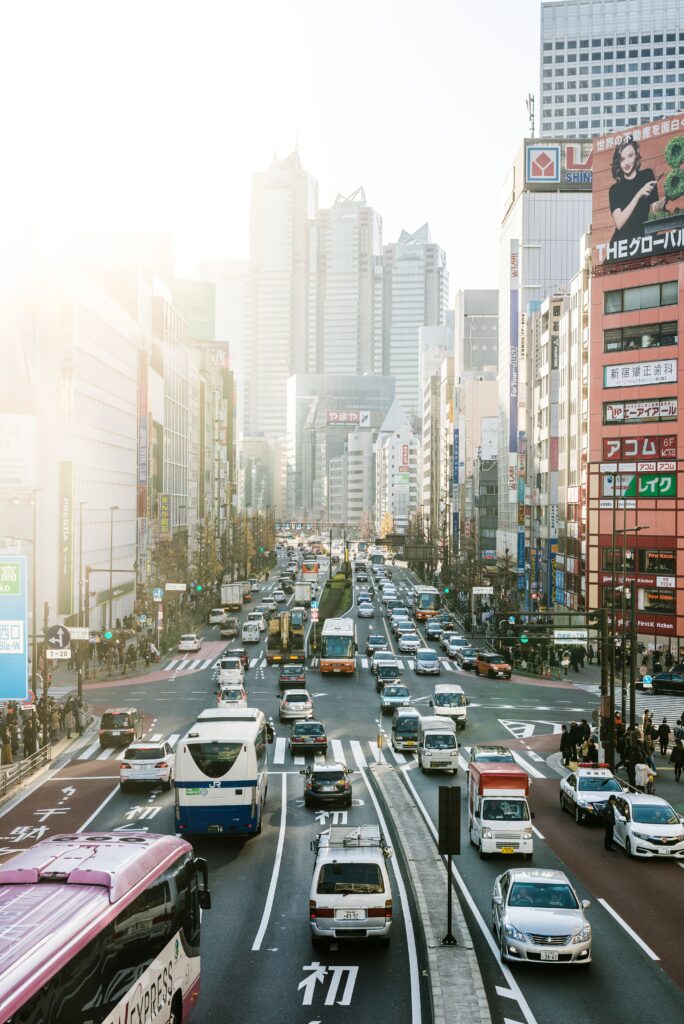
2. Accidents
Interstate stand-still traffic with no wrecks is a common occurrence, and it’s often a result of accidents.
Accidents can cause a ripple effect of traffic congestion, resulting in a complete stop of all vehicles on the highway.
It’s important to understand how accidents can cause stand-still traffic and what can be done to prevent them.
Accidents can occur in a variety of ways, from a single car crash to a multi-vehicle collision.
In all cases, the accident can cause a sudden slowdown or complete stop of all traffic on the interstate.
This is because the vehicles involved in the accident will block the flow of traffic, and other vehicles will be forced to slow down or stop in order to avoid the accident.
Additionally, the accident may cause debris to be scattered across the highway, further blocking the flow of traffic.
In some cases, an accident can also cause a chain reaction of additional crashes.
For instance, if the initial accident causes one vehicle to stop suddenly, the vehicle behind it may not have enough time to slow down and avoid the collision.
This can result in a multi-vehicle pile-up, which can cause even more traffic congestion.
Accidents can also cause traffic delays due to the time required to clear the scene.
Emergency services must be called to the scene to assess the situation and ensure the safety of all involved.
This can take a significant amount of time, resulting in a stand-still of traffic.
Additionally, the accident may require the closure of a lane or lanes of traffic, further exacerbating the congestion.
It’s important to understand the role accidents can play in causing stand-still traffic on the interstate.
By understanding the causes, drivers can take steps to avoid accidents and reduce the risk of stand-still traffic.
This includes following the speed limit, maintaining an appropriate following distance, and avoiding distractions while driving.
Additionally, drivers should be aware of their surroundings and be prepared to take evasive action if necessary.

3. Construction
Traffic jams caused by construction are one of the most common causes of stand-still traffic on interstates.
Construction projects can involve a number of processes, from road widening to bridge repairs, and can cause significant disruption to traffic flow.
In the United States, the Federal Highway Administration (FHWA) estimates that construction and maintenance projects account for about two-thirds of all traffic delays on major highways.
The FHWA also notes that construction-related delays can be especially severe during peak travel times, such as rush hour.
When construction projects are undertaken, traffic lanes are often reduced in order to accommodate the work.
This can cause a significant reduction in the number of vehicles that can pass through a given area at any given time, leading to traffic backups.
In addition, construction zones can also create hazardous conditions that can slow down or stop traffic altogether.
In some cases, construction projects may require the closure of entire lanes or even entire highways.
This can cause major disruptions to traffic flow, as drivers are forced to take alternate routes or wait for the construction to be completed.
In addition, construction projects can also cause significant delays in the delivery of goods, as trucks are unable to access certain areas.
Construction projects can also cause environmental impacts, such as increased air and noise pollution.
The FHWA notes that construction projects can also lead to increased traffic congestion, which can have a negative effect on air quality.
In addition, construction projects can also lead to increased noise levels, as heavy machinery is used during the construction process.
Overall, construction projects can be a major cause of stand-still traffic on interstates.
By reducing the number of available lanes and creating hazardous conditions, construction projects can cause significant disruptions to traffic flow.
In addition, construction projects can also lead to environmental impacts, such as increased air and noise pollution.
As such, it is important for drivers to be aware of construction projects in their area and plan accordingly to avoid traffic delays.
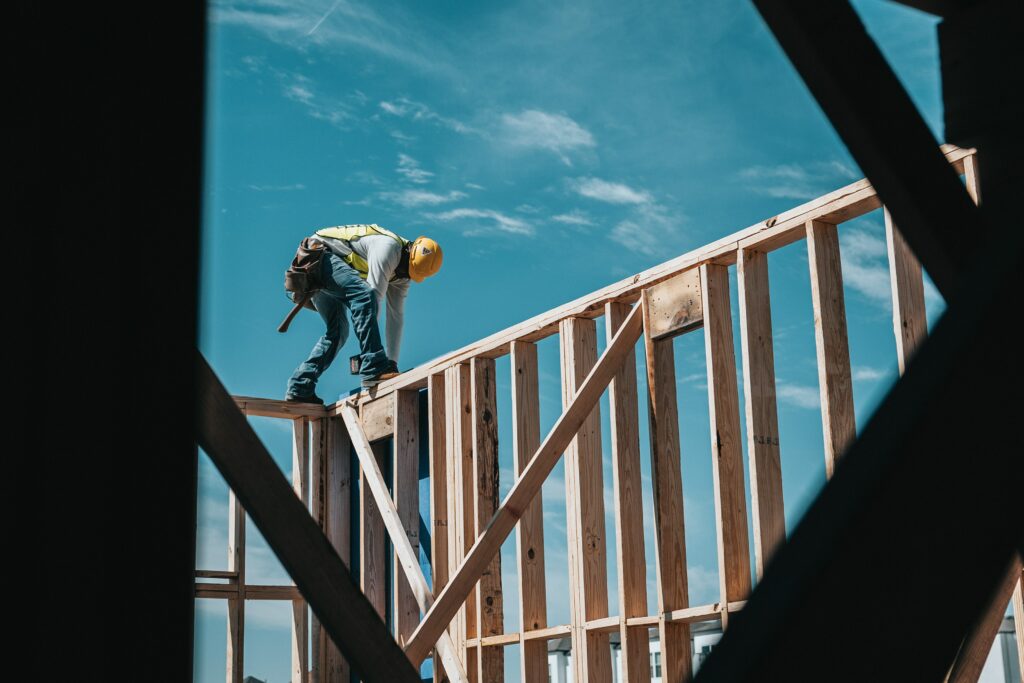
4. Weather Conditions
Weather conditions can be one of the major causes of stand-still traffic on interstates, even when there are no wrecks.
Heavy rain, snow, and fog can all reduce visibility and slow down traffic.
In addition, extreme temperatures can cause roads to become icy or slick.
All of these conditions can lead to drivers taking longer to react to changing situations, resulting in slower speeds and longer wait times.
For example, during a recent winter storm in the midwest, the combination of heavy snow, freezing temperatures, and icy roads caused traffic to come to a complete standstill on multiple interstates.
The storm caused hundreds of accidents, forcing drivers to wait hours before they could move again.
Statistics from the Federal Highway Administration show that weather-related crashes account for 21% of all traffic fatalities in the US.
This number is even higher in certain states, such as Minnesota, where 35% of all traffic fatalities are caused by weather-related crashes.
The best way to avoid stand-still traffic due to weather conditions is to plan ahead.
Make sure to check the weather forecast before you hit the road and adjust your schedule accordingly.
If the weather is bad, consider taking alternate routes or waiting until conditions improve.
Additionally, always drive with caution and be prepared for the worst.
In conclusion, weather conditions can be a major cause of stand-still traffic on interstates, even when there are no wrecks.
Drivers should be aware of the potential risks and take the necessary precautions to stay safe on the road.

Less Common Causes of Stand-Still Traffic
When most people think of stand-still traffic, they immediately think of an accident or construction blocking the roadway.
While these are certainly common causes of stand-still traffic, there are several less common causes that can also lead to a complete stop on the highway.
One of the lesser-known causes of stand-still traffic is a broken-down vehicle.
When a car or truck breaks down in the middle of the highway, it can cause a chain reaction of drivers having to slow down or stop.
This can quickly lead to a stand-still traffic situation as drivers are unable to maneuver around the disabled vehicle.
Another cause of stand-still traffic is a road closure due to a special event.
For example, if a parade or marathon is taking place in a city, the roads leading to the event may be closed off, causing a back-up of traffic.
Additionally, if a city is hosting a large event, such as a concert or sporting event, traffic can become congested due to the influx of people attending.
Finally, stand-still traffic can be caused by a lack of lane merging.
When drivers do not properly merge into the correct lane, it can lead to a traffic jam.
This is especially true when the highway is transitioning from two lanes to one.
If drivers do not take turns merging, it can lead to a stand-still situation as drivers are unable to move forward.
Overall, while accidents and construction are the most common causes of stand-still traffic, there are several other less common causes that can lead to a traffic jam.
It is important for drivers to be aware of these potential causes in order to avoid being stuck in a stand-still traffic situation.
1. Events
Traffic congestion is a common phenomenon experienced by drivers on interstates, especially during peak hours.
It is a major headache for commuters and can be caused by a variety of factors.
Events that occur on the road, such as car accidents, construction, and other unexpected occurrences, can contribute to stand-still traffic on interstates.
Car accidents are a common cause of traffic congestion.
When a car accident occurs, the road is blocked off and traffic is diverted to other lanes.
This can cause a bottleneck effect, leading to slower traffic and even stand-still traffic.
Even minor accidents, such as fender-benders, can cause traffic to come to a halt, as drivers slow down to observe the accident or to be cautious.
Construction is another event that can lead to stand-still traffic on interstates.
When construction is underway, lanes may be blocked off or narrowed, causing traffic to slow down or even stop.
This can be especially problematic during peak hours, when traffic is already heavy.
Additionally, construction workers may be present on the road, which can lead to drivers slowing down or stopping to avoid hitting them.
Other unexpected events, such as police chases, can also lead to stand-still traffic on interstates.
When a police chase occurs, drivers may slow down to observe or to get out of the way of the police cars.
This can cause a backlog of traffic, leading to stand-still traffic.
Similarly, if there is an emergency vehicle on the road, drivers may slow down to get out of its way, leading to stand-still traffic.
In summary, events such as car accidents, construction, and other unexpected occurrences can lead to stand-still traffic on interstates.
These events can cause a bottleneck effect, leading to slower traffic and even complete stoppages.
Drivers should be aware of these potential causes of stand-still traffic and take extra caution when driving on interstates.

2. Special Occasions
Special occasions can cause standstill traffic for several reasons:
Increased number of vehicles: Special occasions, such as holidays or festivals, often attract a large number of people who travel to attend these events, leading to a significant increase in the number of vehicles on the road.
Congestion: This increased volume of vehicles can cause congestion on roads and highways, leading to slower traffic speeds and longer travel times.
Road closures: Some special events, such as parades or street festivals, may require road closures, which can divert traffic onto other roads and cause further congestion.
Parking restrictions: In some cases, parking restrictions may be put in place near the event site, which can lead to drivers searching for parking spaces and adding to the traffic congestion.
Limited public transportation options: In some cases, the limited availability of public transportation options during special occasions can result in more people choosing to drive, further contributing to traffic congestion.
Overall, these factors can combine to cause standstill traffic on special occasions, leading to frustration and delays for drivers.
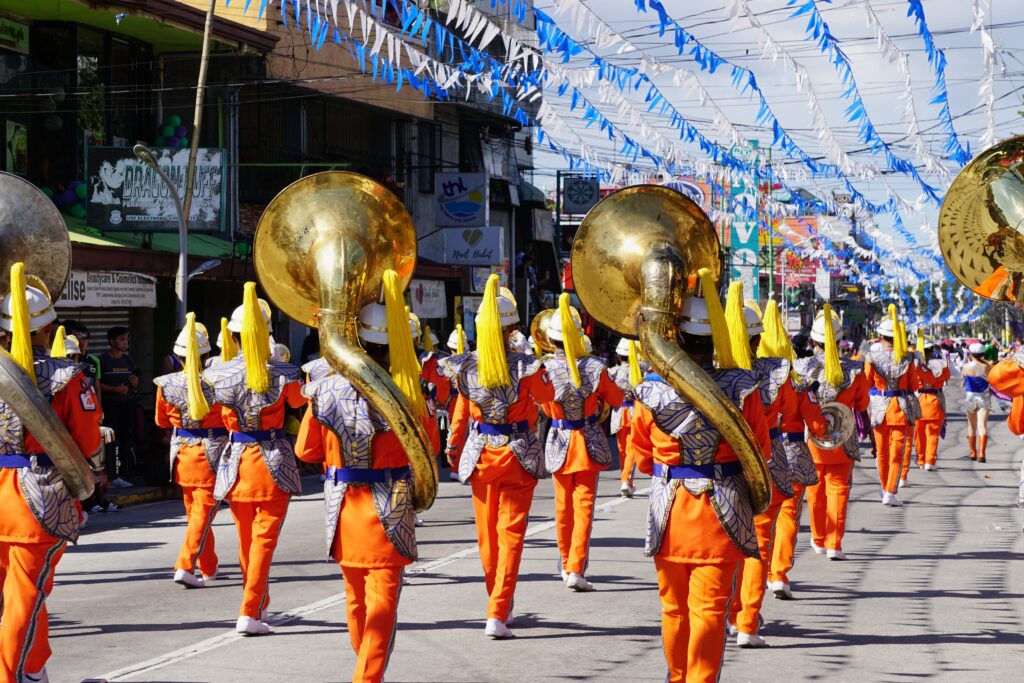
3. Road Work
Road works can cause standstill traffic for several reasons:
Lane closures: Road construction projects often require lane closures, which can reduce the capacity of a road and cause traffic congestion.
Detours: Road closures or lane reductions can force drivers to take detours, which can add extra distance to their trips and cause traffic to slow down.
Delays: Construction projects can cause delays for drivers due to slow-moving vehicles and workers on the road, leading to longer travel times and increased congestion.
Unexpected disruptions: Unforeseen events, such as equipment breakdowns or weather disruptions, can cause road works to take longer than expected and result in additional delays for drivers.
Inadequate signage: Poorly-designed or inadequate signage can result in drivers taking the wrong route or getting lost, which can lead to further congestion and delays.
These factors can combine to cause standstill traffic during road works, leading to frustration and longer travel times for drivers. To minimize the impact of road works on traffic, it’s important for construction projects to be well-planned and managed, and for adequate measures to be put in place to manage traffic flow and minimize disruptions.
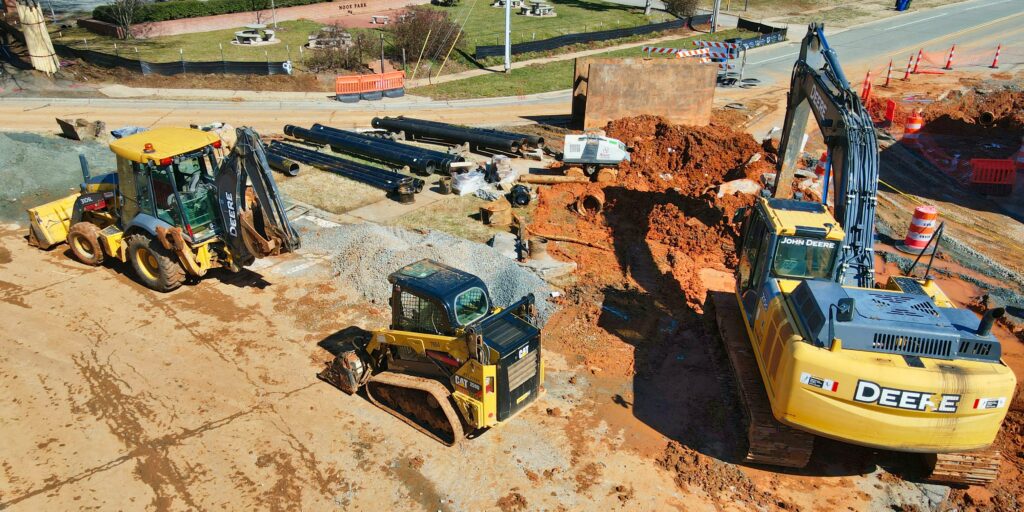
Conclusion:
In conclusion, it is clear that stand-still traffic on interstates is caused by a variety of factors.
From road conditions and construction to driver behavior and bad weather, there are many possible causes for a traffic jam, even when there is no wreck involved.
However, by understanding the causes of stand-still traffic, drivers can be better prepared to plan ahead and avoid delays.
Additionally, by being aware of the potential causes of stand-still traffic, drivers can be more mindful of their own behavior and help to prevent these situations from occurring.
Citations:
“One Driver Can Prevent a Traffic Jam.” The Wall Street Journal, 7 Nov 2016, wsj.com/articles/one-driver-can-prevent-a-traffic-jam-1476204858
“The impact of traffic congestion on air quality and human health.” Science Direct, 21 Oct 2011, ksciencedirect.com/science/article/pii/S2590198221000385
“U.S. awarding $800 million to improve roads, cut traffic deaths.” Reuters, 1 Feb 2023, reuters.com/world/us/us-awarding-800-million-improve-roads-cut-traffic-deaths-2023-02-01/
“Traffic: Why It’s Getting Worse, What Government Can Do.” Brookings, 12 Oct 2018, brookings.edu/research/traffic-why-its-getting-worse-what-government-can-do/
